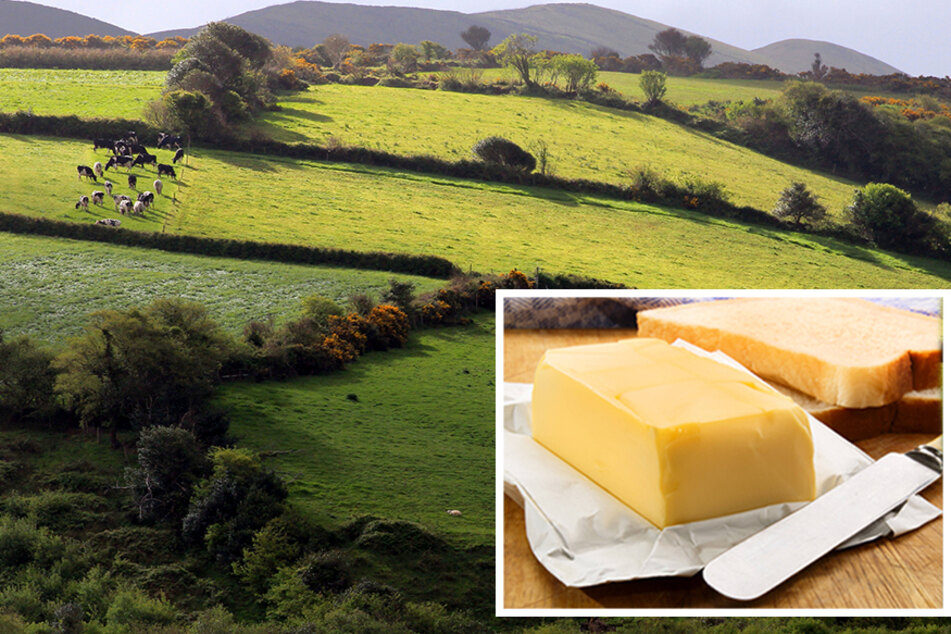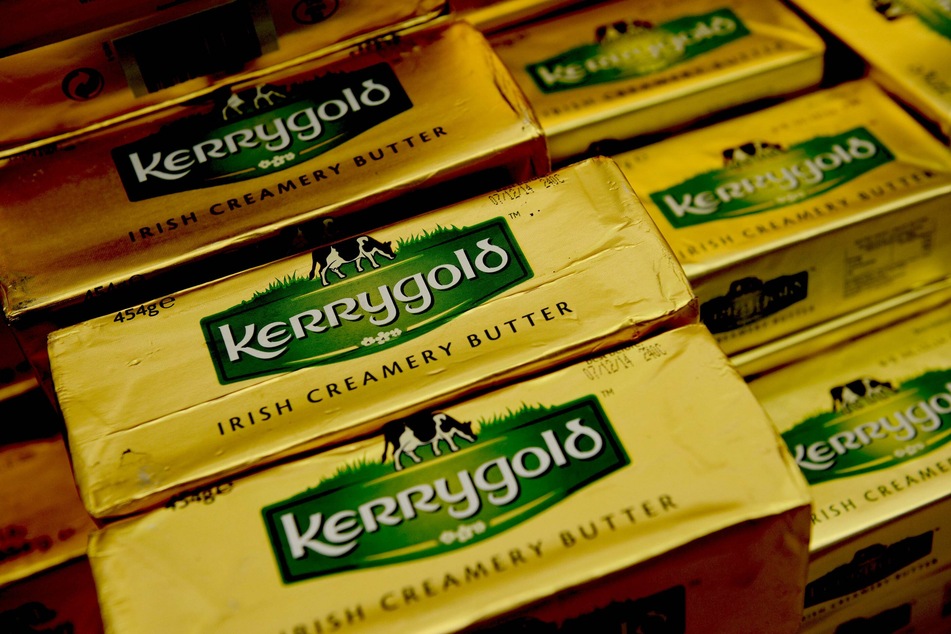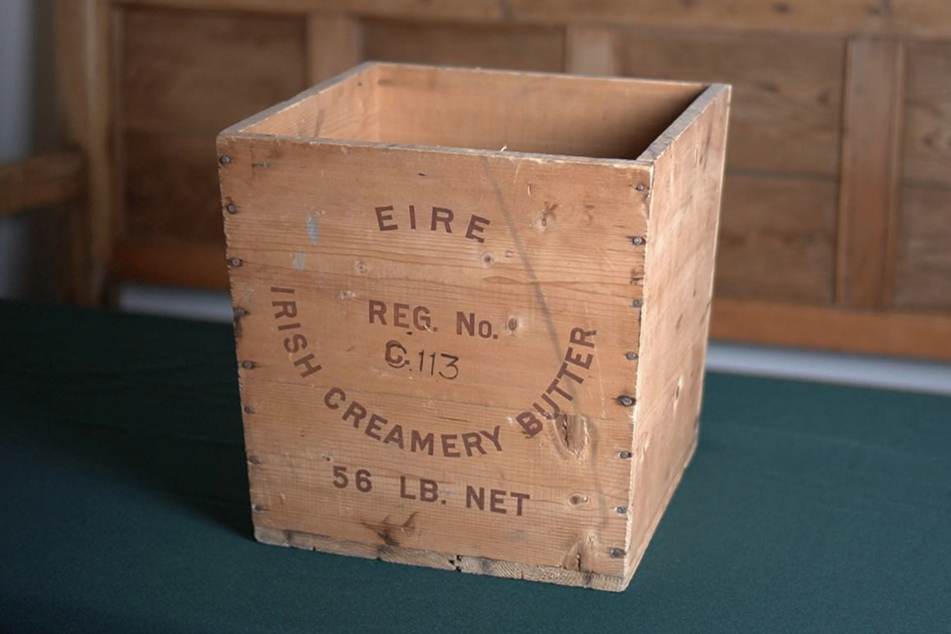The salty secret of Irish butter: What makes it so dang delicious?
Ireland – It may be hard to believe, but Ireland actually exports more butter than Guinness. What makes Irish butter so popular, and why is it always salty? Join TAG24 on our trip to dairy heaven.

Paul Tuomey's family has had cows for generations.
"We have almost twice as many cattle as people in Ireland, almost 7 million," said Tuomey, pointing to the pastures behind his home on the outskirts of Gorey near Wexford, Ireland. "Of those, 1.45 million are dairy cows, and that number is rising."
Tuomey is one of Ireland's 18,000 dairy farmers, where each farmer has about 80 cows on average.
With all the butter they churn out, you'd think they'd call it the White Isle rather than the Emerald Isle.
Ireland has been making butter for 3,500 years, with the southwest being the most successful region as it stays relatively cool, even in the summer.
These days, creameries in smaller towns still sell their butter directly, while larger ones such as Kerrygold and Dairygold tend to dominate the international market.
Ireland saw a true boom in 2018, with exports reaching more than $1.1 billion worth of butter.
The Irish standard

In some countries, Ireland is the main supplier of butter, followed by the Netherlands.
"We are the market leader," said Kerrygold's marketing manager Stephen Hurley.
"Kerrygold also maintains market leadership in the blended fat segment," Hurlry said. "Butter with grapeseed oil, and in cheddar cheese."
In 2020 alone, Ornua Deutschland, which is owned by a cooperative of Irish farmers and dairies, distributed around 174 million pounds of Kerrygold butter and cheese.
What's the secret to that roaring success? A small museum in Cork, Ireland suggests some answers. There, visitors can explore Irish butter's smooth history and its journey to triumph.
It's all in the grass

At the museum, visitors can learn that one key element to the Irish product's success is that grass grows year-round, thanks to the mild climate. This means it doesn't need to be cut and stored.
Even now, Irish cattle can spend up to 310 days a year in the open air, living off a diet of fresh grass that makes the butter easily spreadable, golden yellow, and packed with vitamins.
It also contains a higher concentration of unsaturated fatty acids due to the increase of carotene in the grass.
Grazing cows also get sick less than cattle who are given concentrates that often create stomach problems.
Additionally, Irish dairy cows only have to provide around 1,320 gallons of milk per year, roughly 530 gallons less than high-performance cows in other areas of the world.
Cork's Butter Museum also explains why Irish butter has quite the salty taste.
Before people were able to refrigerate it, salt preserved the butter so it could be kept for far longer, according to the museum's curator, Peter Foynes.
To this day, people in English-speaking countries gravitate towards salted butter, while producers sell more unsalted butter to European countries, with the US as a close second.
"Butter is a national product, we are very proud of it," Foynes said.
Irish butter fantics certainly agree.
Cover photo: Collage: IMAGO/Panthermedia/YAY Images
